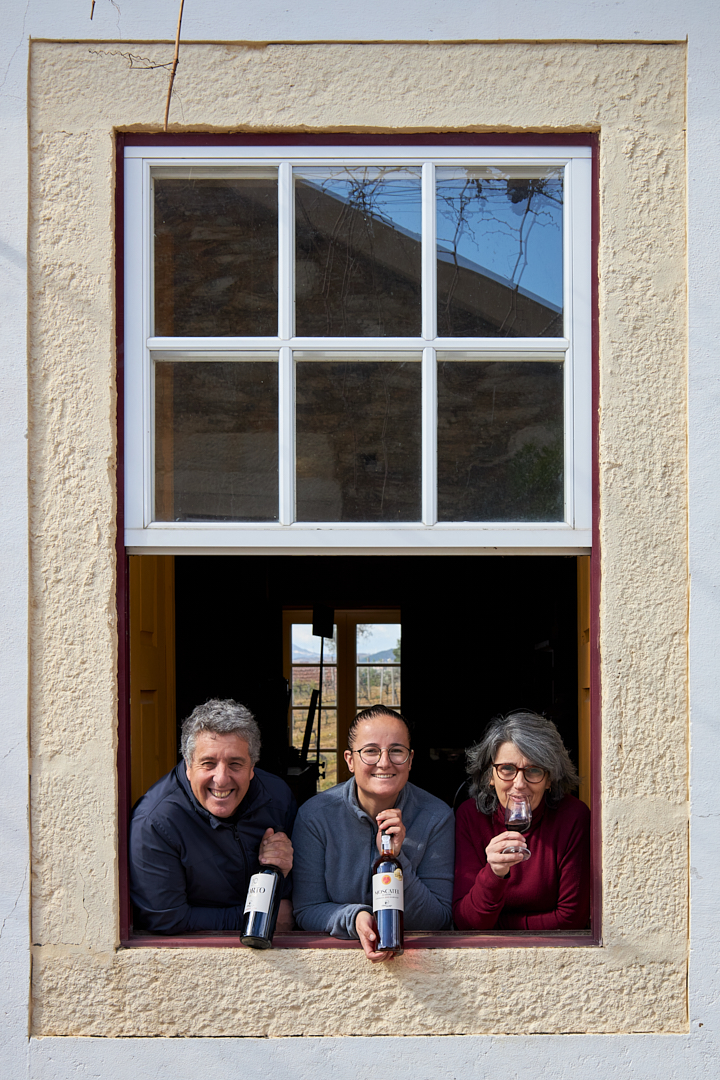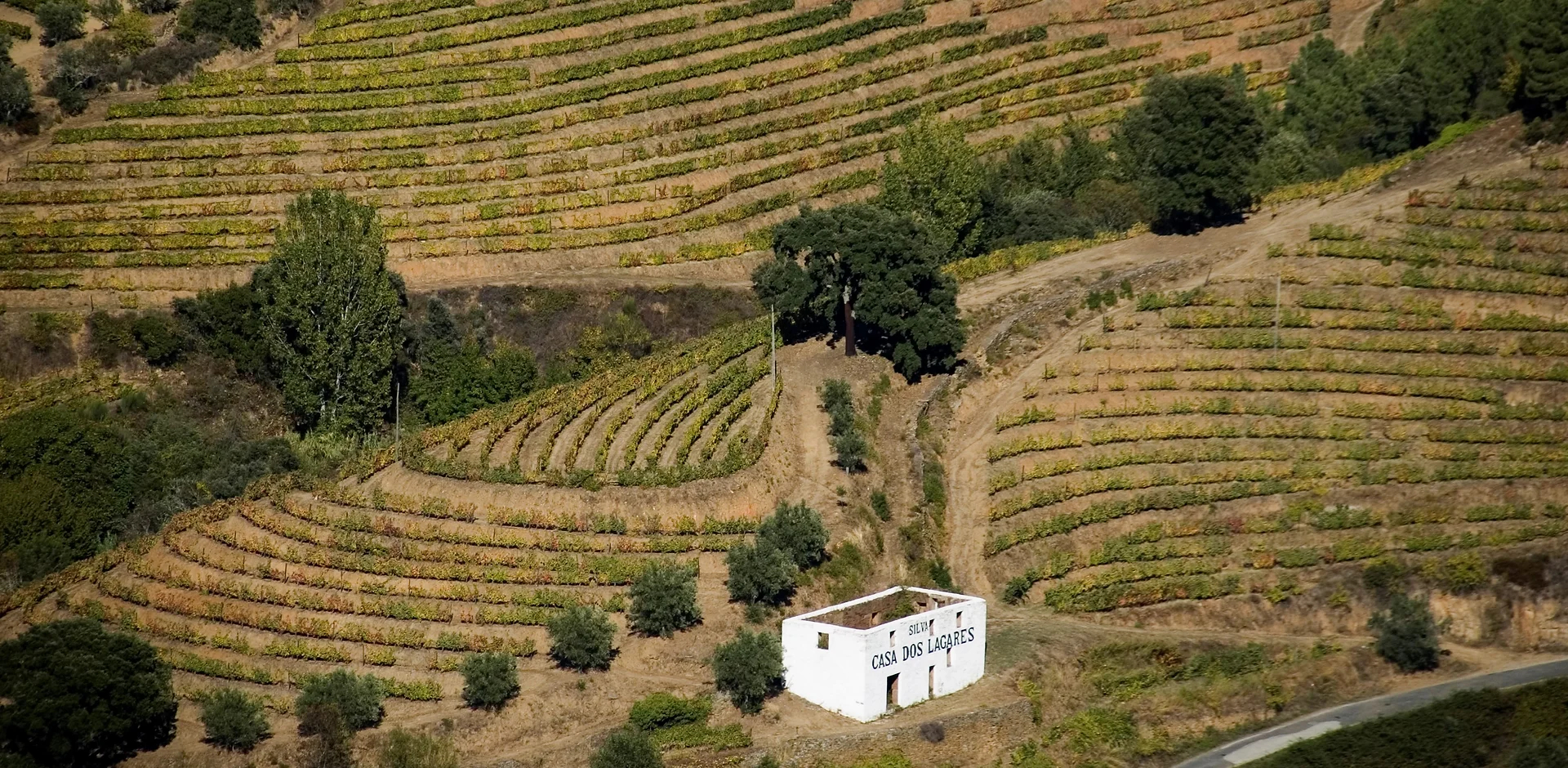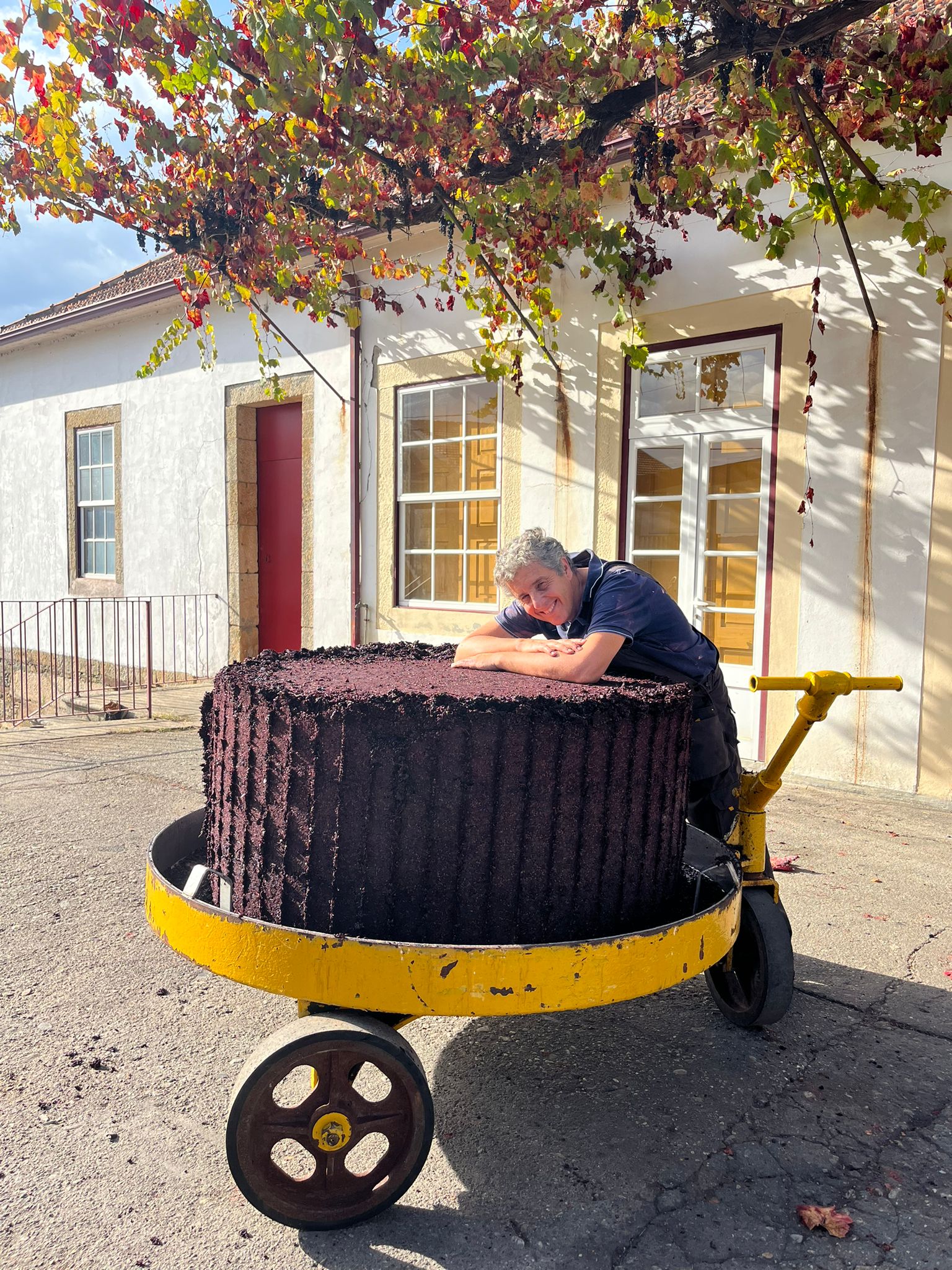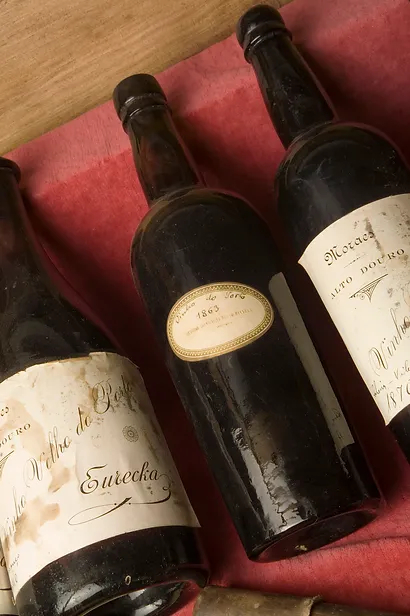Casa dos Lagares is a family-run business that has been linked to wine and vineyards for several generations. It has always been located in Cheires, at the heart of the Douro Region, and comprises vineyards, olive groves and woodland, cellar and residential houses, which have belonged to the Vilela de Morais family since the 17th century.

In the seventeenth century a primogeniture was established, a house (with a turret that still exists), a chapel (dating from 1659) and other structures were built. These buildings created a farm and the current village of Cheires. It is the starting point in this story.
Initially the growing of fruits, cereals, and horticulture, was the main function of the farm. Its goal was to supply other production units located closer to the Douro River and began to specialize in the production of wine, requiring food to support the growing agricultural workforce. These were the early days of the production of Port Wine.

"In the afternoon came thunder with hail which left the vineyards grapeless and leafless, dragging the bunch, this in S. Finz and still raked through Cheires. Another day came, 8th July, which ended up wiping all the fruit, leaving only some wine by the riverside, such was the fury and thunder... I, who recalls this, am describing the reality that I saw" Francisco José da Veiga - June 23rd 1831
The growth of Port wine exports lead to the gradual extension of the vineyard area in the Douro Region and its demarcation. Early crops were replaced by the vine and the olive oil, which became the main activity of the farm, leading to the creation of new structures such as wine and olive oil mills.

Wine production never ceased and went through several cyclic periods of expansion, followed by periods of depression. Factors such as great political instability and vineyard diseases (e.g. phylloxera), mark the nineteenth century.
In the early twentieth century, the farm entered a golden age, when viticulture went through a period of expansion, and it was considered to be a modal farm. Simultaneously, the family belonged to a social elite that will have a strong influence on regional circumstances. The first attempts to market bottled wines, new technologies, labels and even brands appeared (without the currently required registration).
Wines that speak the language of the land and memory

In the following decades, however, viticulture went through a critical period. With the emergence of Cooperative Wineries, the farm’s production was mainly grapes, leading to the progressive abandonment of warehouses and to the degradation of the farm buildings.
For decades after the winegrowers restricted themselves to the utilization of the vineyards. In the last two decades this trend has been reversed. The vineyard was renewed in order to mechanize it and to select the best grapes varieties. Wine production and its trade were resumed and, during this stimulating challenge, the farm infrastructures was progressively restored, maintaining its originality, creating authentic settings and places of culture and leisure.

With more than three centuries of history, this heritage has its own journey and tradition, whose roots are in viticulture. It is the result of cycles of changes and constant adaptation to new challenges, realising that there is no future without knowing and acknowledging the past.

We also highlight the care we take in the preservation of Douro traditions. We collect all the representative material for the various agricultural tasks, reconstruct the vineyards and their storage houses, rehabilitate the cellar and its warehouses, and restore the family residence, furniture, and documentation. A task that we have dedicated ourselves to for over 25 years and which today results in a visitable space.